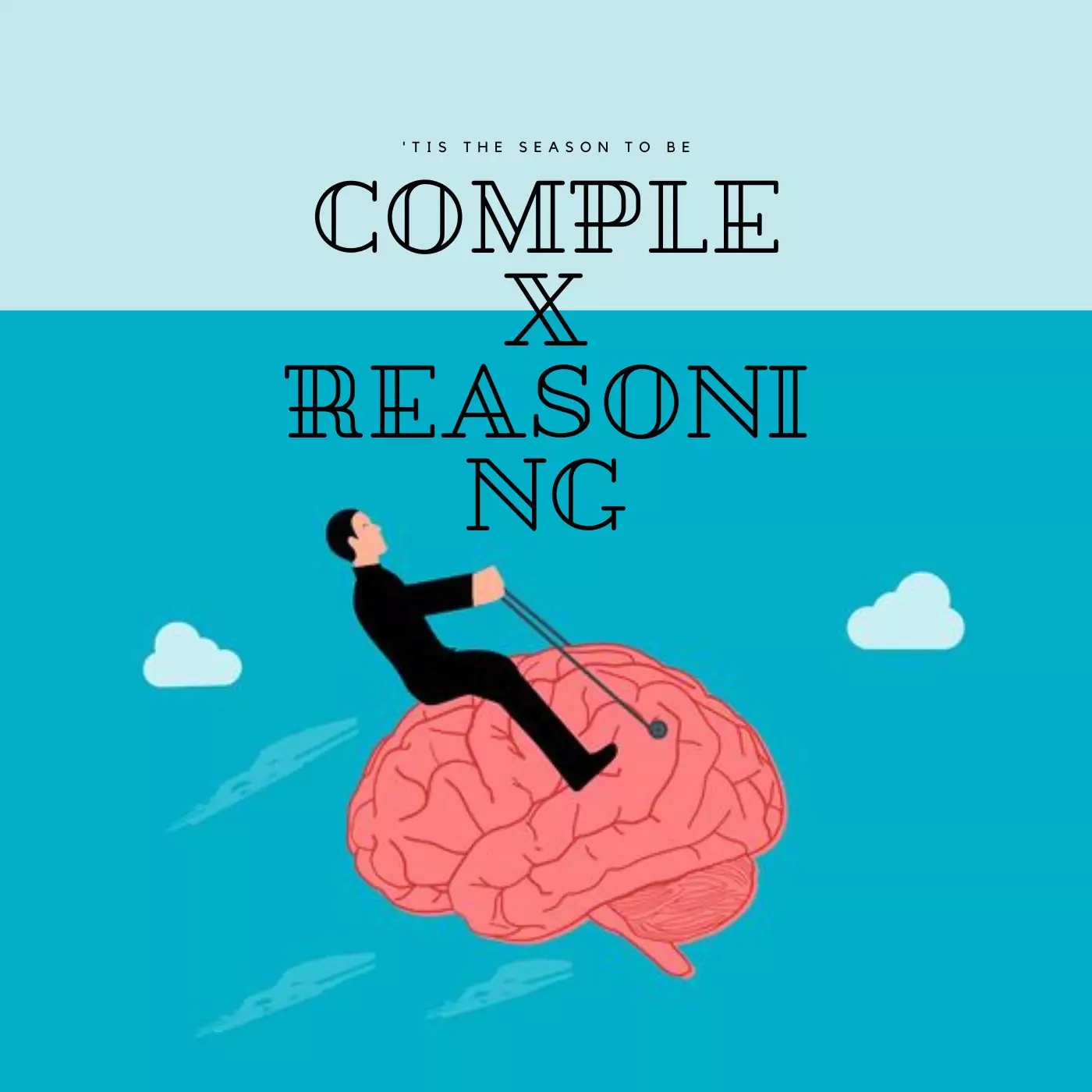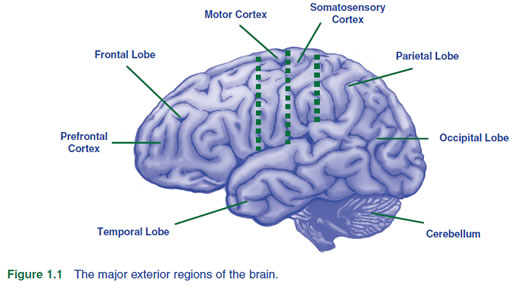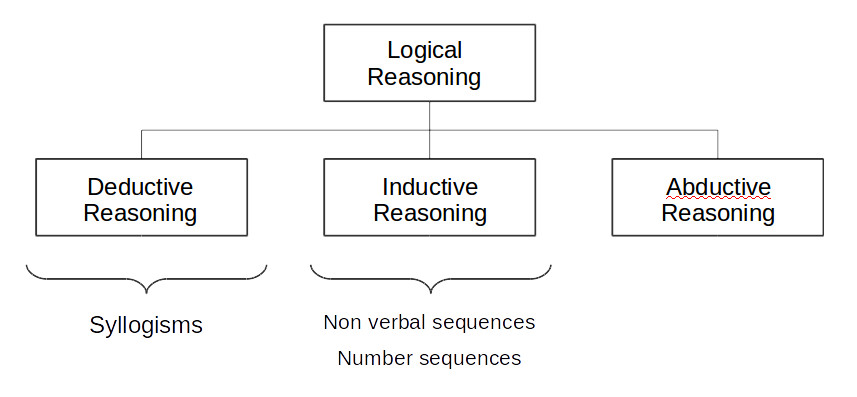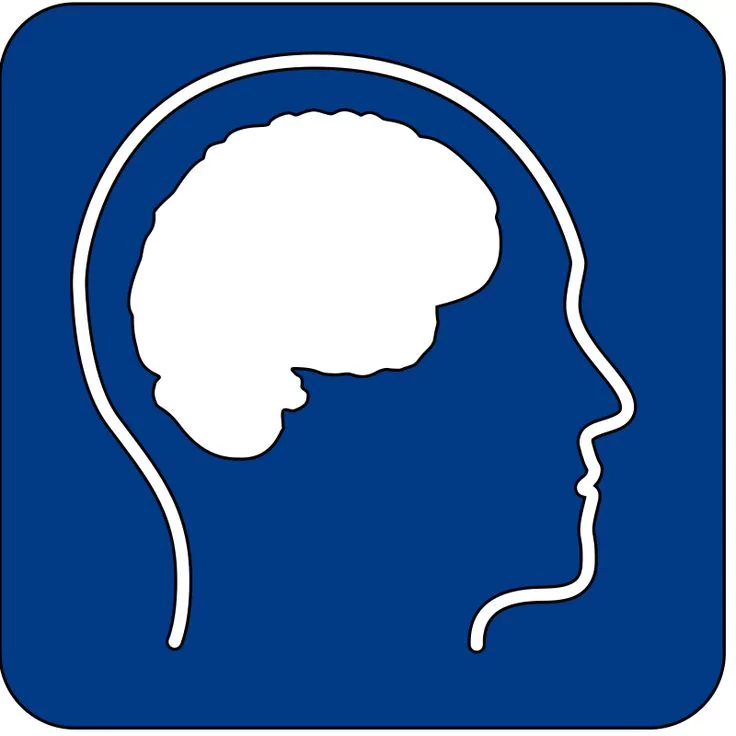

Complex reasoning is when more than one piece of information is used in its totality to reach a logical conclusion. It requires analyzing diverse perspectives and connecting the dots between them.
For instance, in a situation where you are deciding whether or not to invest in a certain stock, you would consider factors like the firm’s financial performance, how the industry is shaping up, and the general state of the market.
Another example could be deciding which university to attend. Consider factors such as location, program quality, and cost before choosing.
In both examples, complex thinking and reasoning involve considering and connecting multiple factors to arrive at a logical conclusion. It is a valuable skill that can be applied in many areas of life.
Definition of complex reasoning
Complex thinking or reasoning is the ability to apply integrative thinking to the analysis and synthesis of information to solve problems and develop continuous learning skills. It involves complex reasoning meaning, which encompasses a variety of cognitive processes, including creative and critical thinking, problem-solving, concept development, conflict resolution, and moral and ethical reasoning and analysis.
What part of the brain is used in complex thinking?

Source: HowTheBrainLearns
The cerebral cortex plays a significant role in the proper functioning of critical cognitive and sensory capabilities like memory, thinking, learning, reasoning, problem-solving, emotions, consciousness, and even sensory processing. Anatomically, this part does well to support these critical processes.
What are the 4 primary types of reasoning?

Source: Fibonicci

1. Deductive reasoning:
Deductive reasoning is a system of logic that uses truth premises or assumptions and attempts to draw a specific conclusion from the given premises or assumptions. It begins with a general statement or premise, then proceeds to draw logically necessary conclusions based on that premise.
For instance, “All men are mortal. John is a man. Therefore, John is mortal.” Deductive reasoning is applied in various fields, such as mathematics, philosophy, and science, to come up with logical conclusions and test hypotheses. It is an integral part of complex reasoning meaning, which is the process of analyzing information systematically to come up with valid conclusions.
2. Inductive reasoning
In inductive reasoning, the general is inferred by starting from specifics. It involves beginning with some specific observations, then drawing some generalized conclusion or theory. Inductive reasoning often is compared with deductive reasoning.
For instance, if every apple a person has ever tasted has been sweet, they may conclude that all apples are sweet. Inductive reasoning is very common in scientific research and data analysis. It is particularly useful when dealing with complex reasoning problems, where patterns and trends must be identified from limited data.


3. Analogical Reasoning:
This kind of reasoning draws similarities between two or more things or situations – examples or domains – to form a conclusion or make a prediction.
Examples: He is as strong as an ox. She is as busy as a bee.
4. Abductive Reasoning
This is a type of logical inference whereby a conclusion is drawn from the available information or data.
Example: When I woke up this morning, I found fallen trees in my garden, which indicated that there was a storm last night.

How to build complex reasoning skills through open-ended activities?

Source: TechTello
Open-ended activities that allow students to explore, collaborate, reflect, inquire, and be creative can help develop complex reasoning skills. Critical thinking, analytical reasoning, and problem-solving skills are necessary to perform complex reasoning tasks.
Some of the open-ended activities include Debate, Socratic questioning, Collaborative projects, and Inquiry-based learning.
Ways to develop complex reasoning in children
1. Chess: One of the best games to develop complex reasoning in children is chess. Chess involves strategic planning and multiple moves ahead analysis in making connections between different pieces on the board.
2. Sudoku: Sudoku is a logic game where the player needs to make deductive reasoning to fill the numbers in the grid. This develops critical thinking and problem-solving skills in children.
3. Board games: Many board games, such as Monopoly or Moonpreneur Board Game, are played by taking strategic decisions from the game board and the moves of the opponent. These help develop decision-making skills and ability to think ahead.
4. Coding: Learning to code involves breaking down complex problems into smaller parts and finding logical solutions. Children can develop complex reasoning skills by coding and solving coding problems.
5. Puzzles: Puzzles, such as jigsaw puzzles or Rubik’s cubes, require children to use logic and reasoning to solve problems. They help develop spatial reasoning, critical thinking, and problem-solving skills.
Older children can do the following activities –
- Discuss an approach to a difficult problem with someone else before you start.
- Try to ask good questions as you are learning about some new idea. This can raise your understanding of that idea.
- This can raise your understanding of that idea.
- Take an improv class. Improv is often called “thinking on your feet” and having the ability to come up with unsolicited ideas on the spur of the moment, based upon a line or situation you have been given.
- Play reasoning and logic-building games. Simple, low-cost games are proven to be just as impactful in research.
- Turn off the television. See how this, and other activities, fosters creativity and innovation in this article.
In summary, engaging in activities encouraging critical thinking and analysis can enhance an individual’s complex reasoning skills. By stimulating the thought process, individuals can develop a deeper understanding of complex issues and make informed decisions.
Therefore, it is important to incorporate activities such as problem-solving, debate, and active learning to promote the growth of complex reasoning skills.
Moonpreneur is on a mission to disrupt traditional education and future-proof the next generation with holistic learning solutions. Its Innovator Program is building tomorrow’s workforce by training students in AI/ML, Robotics, Coding, IoT, and Apps, enabling entrepreneurship through experiential learning.



























How do I activate my 100% brain power?
Engaging both logic and emotions simultaneously allows for faster learning and a more holistic thinking approach can activate 100% of our brain.